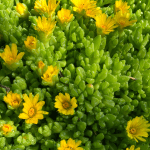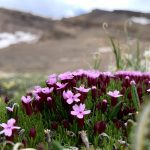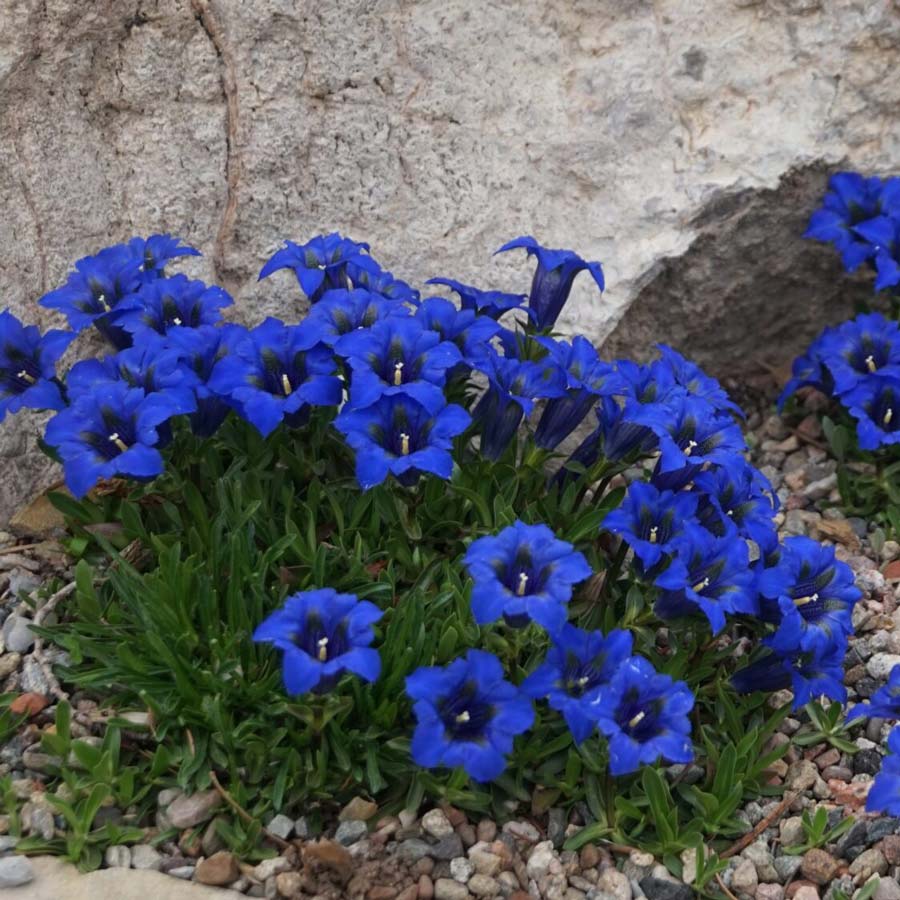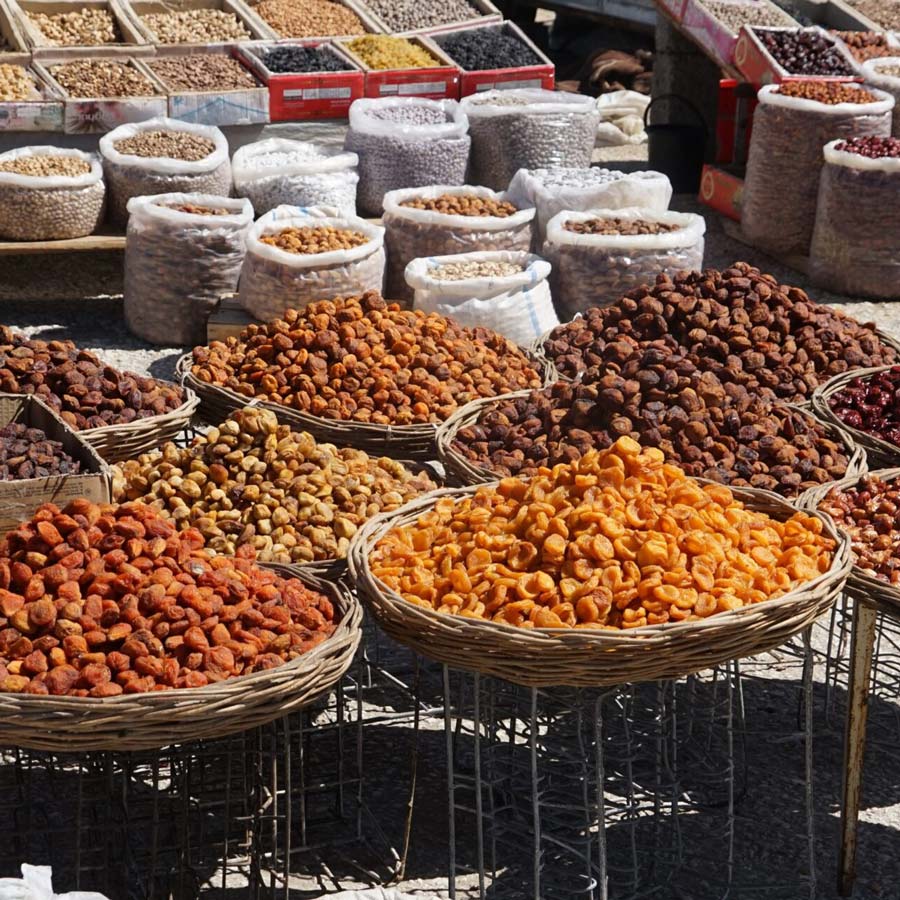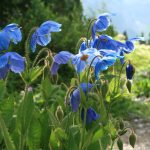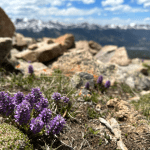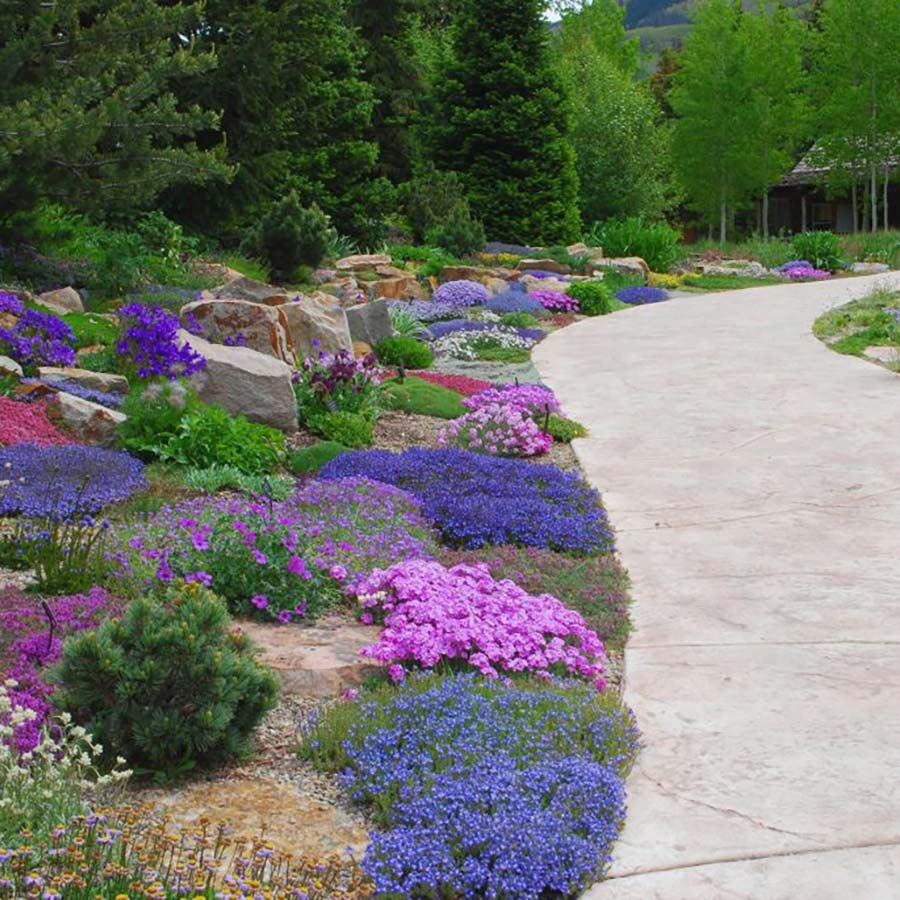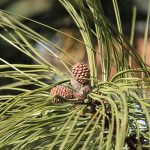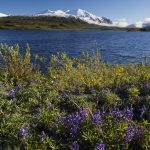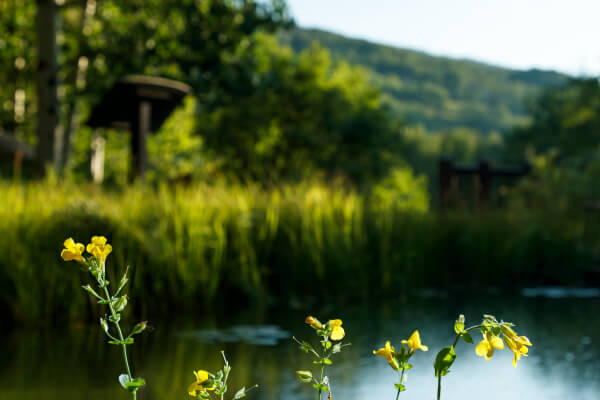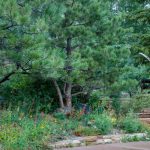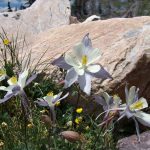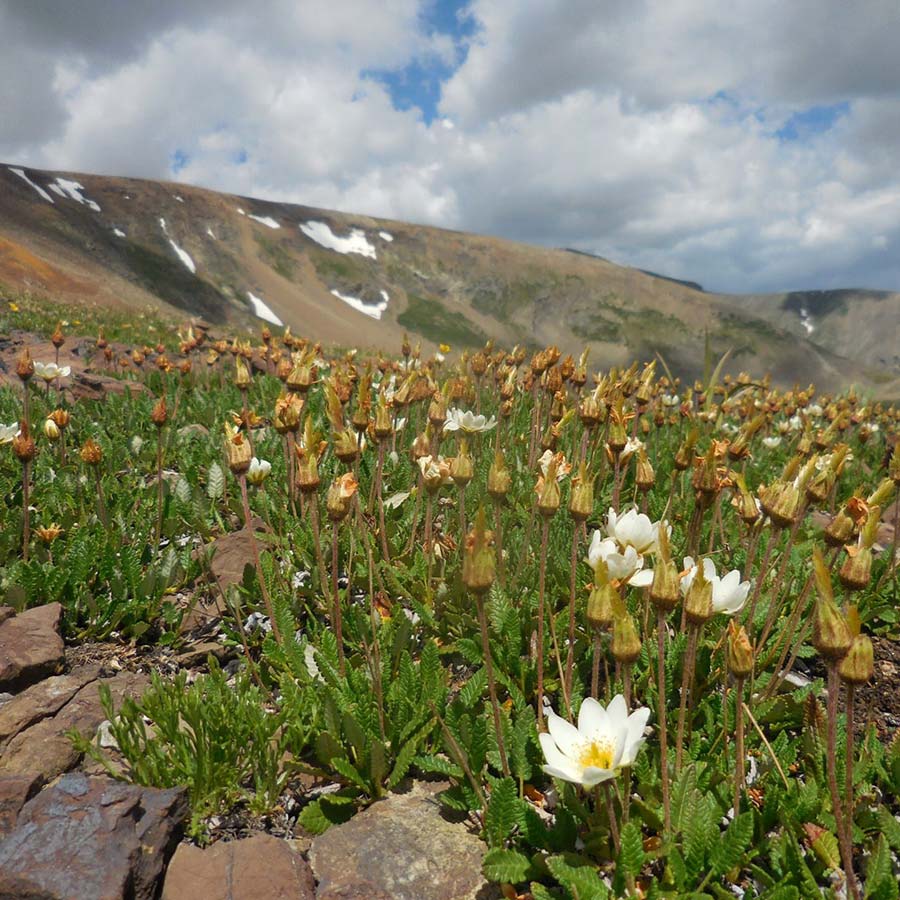Drought Survivors
Sagebrush shrublands cover large parts of western North America. Big sage (Artemesia tridentata) is perfectly suited to dry conditions with its small, grayish, wedge-shaped leaves. The light-colored, three-toothed (tridentata) leaves reflect sunlight and hairs reduce water loss. A second set of softer, non-lobed leaves sprout off branch tips in winter to maximize growth potential in moist spring conditions.
These tiny secondary leaves are then shed during summer drought. Sagebrush’s year-round leaves are an important nutritious winter food source for deer, elk, moose, bighorn sheep, antelope and the endangered sage grouse. The associated rabbitbrush shrub (Chrysothamnus nauseosus) is less tasty, as its name nauseousus implies, but it is eaten sparingly. The value of the sagebrush ecosystem is often underappreciated as much of these lands have been overgrazed and cleared for development.
Look under and around the shrubs for beautiful wildflowers such as blue lupine (Lupinus), penstemon (Penstemon) and larkspur (Delphinium), red Indian paintbrush (Castilleja), yellow mule’s ears (Wyethia amplexicaulis), and white mariposa lilies (Calochortus) and yarrow (Achillea) for a whole artist’s palette of colors!




